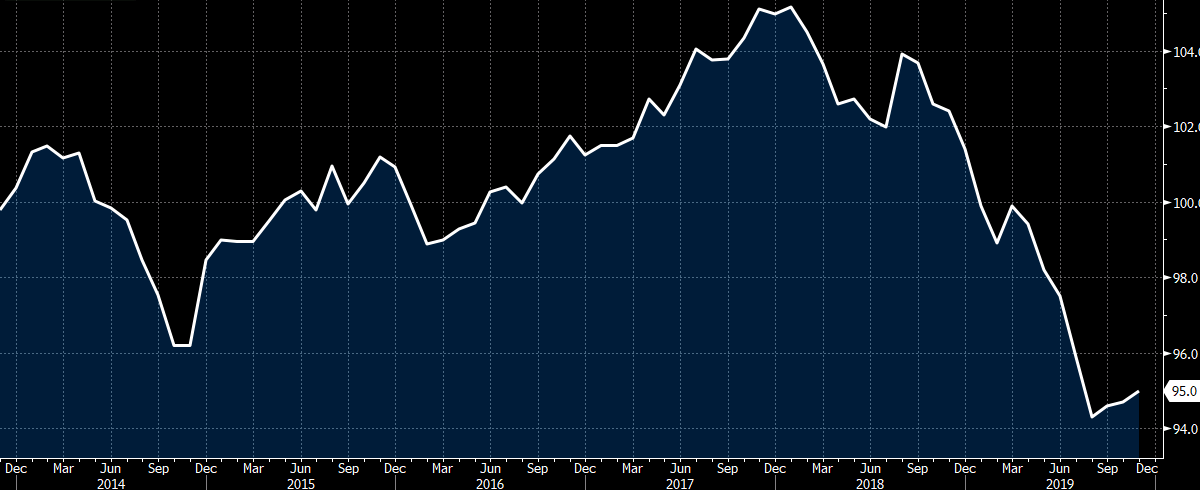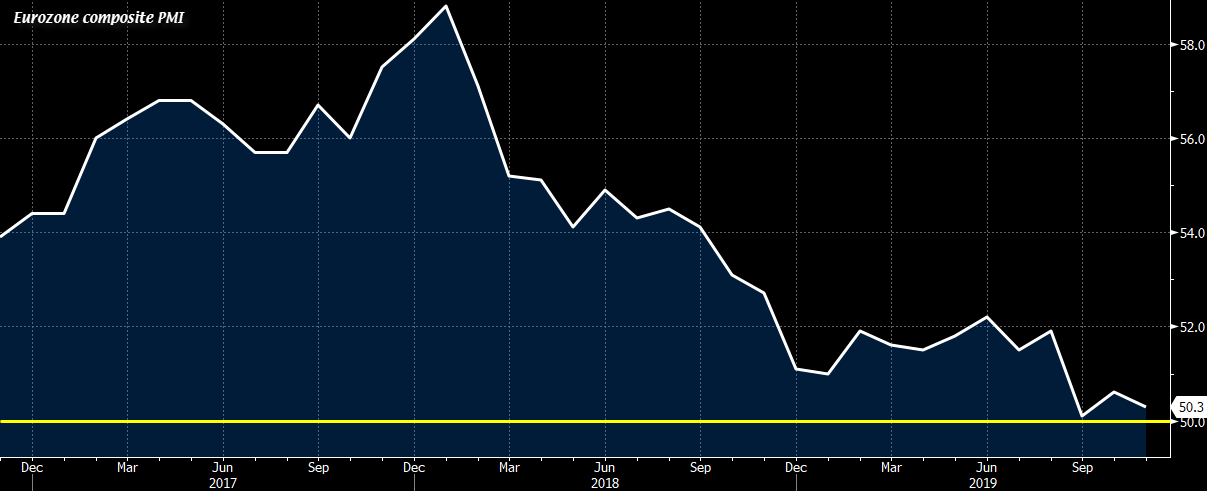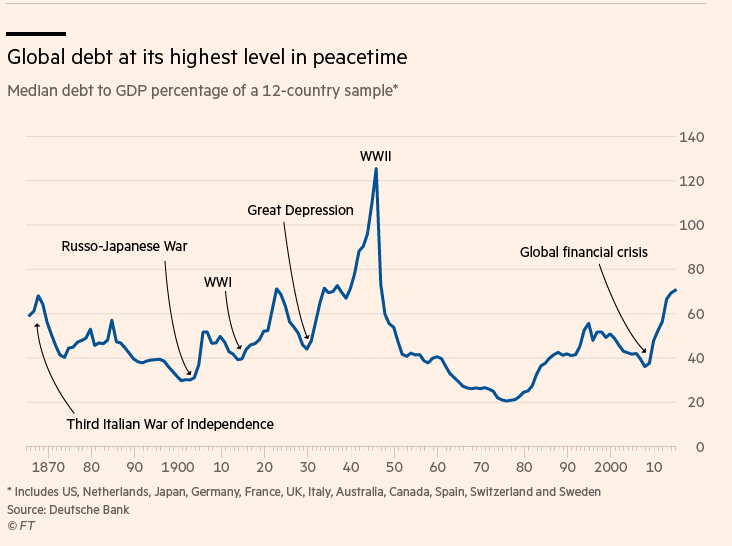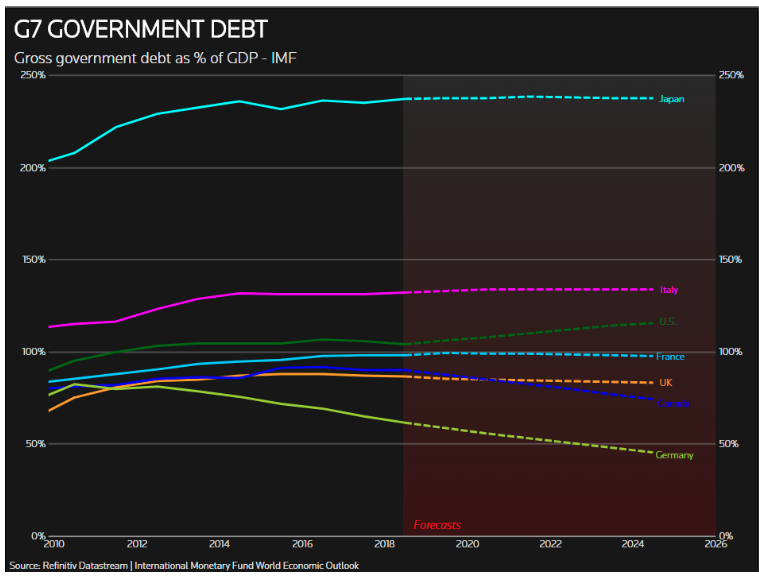The Global Times citing some comments by the Chinese foreign ministry
The comments are via a series of tweets:
“The #US is used to suppressing specific countries and enterprises without any solid evidence, said Chinese FM, slamming the #FCC for barring China’s #Huawei and #ZTE from supplying US carriers in rural areas.
This economic bullying by the #US side blatantly flouts US’ principle of market economy. If this principle does not need to be adhered to, other countries can also do the same to US companies: Chinese FM”









